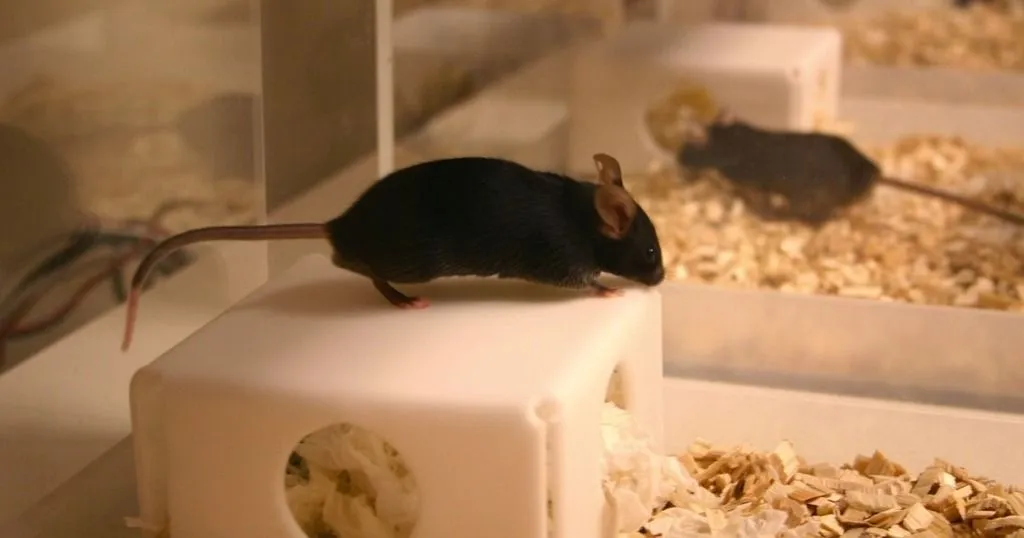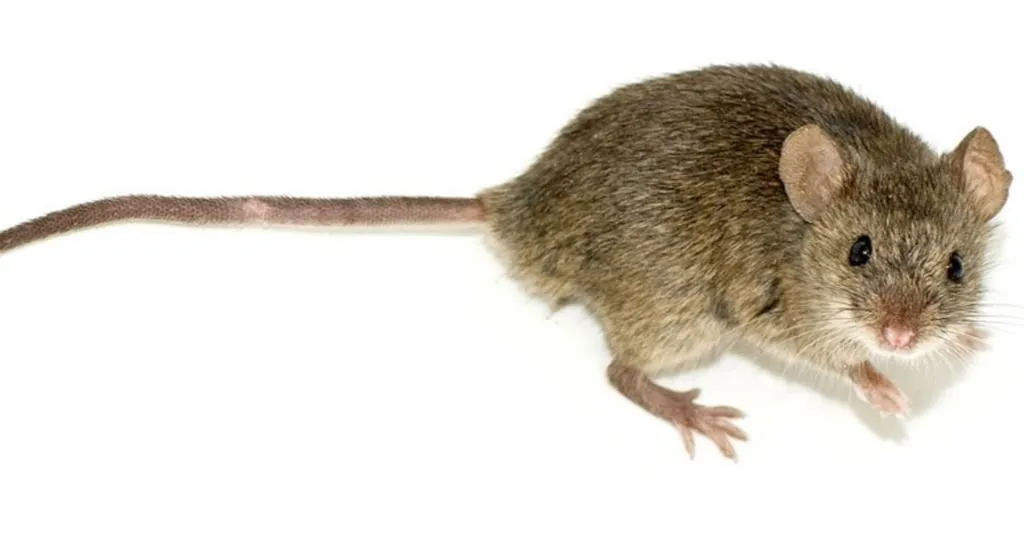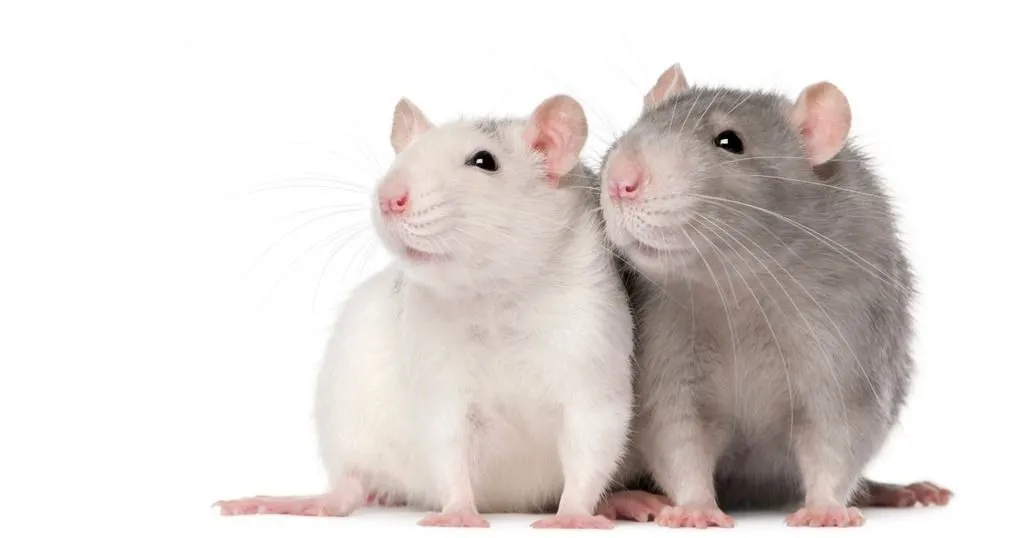Brain waves and behavior: sleep to learn

To find out more about human and animal learning and memory, we might just have to go to sleep. Ahem – research on sleep, I mean.
Posted by
Published on
Thu 19 Apr. 2012
Topics
| Cognition | EEG | Elevated Plus Maze | EthoVision XT | Exploratory Behavior | Home Cage | Learning And Memory | Mice | Open Field | PhenoTyper | Sleep Research | Video Tracking |
To find out more about human and animal learning and memory, we might just have to go to sleep. Ahem – research on sleep, I mean.
Sleep to learn
At the institute of Physiology and Pathophysiology at Heidelberg University (Germany), they study REM sleep. REM is an important phase in our sleep, not just for humans, but for other mammals as well. We need REM sleep to process recent events, to learn skills, and regulate our emotions. It is thought that predators ‘relive’ catching their prey during sleep, improving their skills for the next hunt.
Brain waves
Late 2010, Scheffzük et al. published a paper on brain waves that were recorded with EEG in mice during active wakefulness and REM sleep.
This study investigates the cross-frequency coupling between two different ‘brain waves’: theta and gamma waves. Theta waves are slow waves; in rodents they originate from the hippocampal network and are conducted to the neocortex. Gamma waves are faster, local waves, and can be divided into slow and fast gamma waves.
Inside and outside the brain
Scheffzük et al. recorded brainwaves (EEG) from 19 freely moving mice during a 24- hour home cage assessment in a PhenoTyper home cage. Additionally, movement and behavior was automatically recorded with EthoVision XT to determine different states such as active wakefulness, quiet wakefulness, slow wave sleep, and REM sleep.
EEG and data on exploration behavior was also collected in a selection of the mice during a novel open field test and a plus maze test. This combination of tests was used to get robust data: while in the plus maze exploration behavior is more induced by the artificial environment, in the open field behaviors are more spontaneous and less induced. Both tests represented active wakefulness and brain waves were clearly visible during both tests.
Waves working together
The coupling of theta and gamma brain waves is believed to be important in memory processing and synaptic plasticity. In this study, prominent theta waves were found in active awake animals and during REM sleep, and not during immobile awake states or during slow wave sleep.
Both gamma and theta waves had a much higher power during the active awake state. However, EEG recordings revealed a coupling between theta and gamma waves that became much more pronounced during REM sleep: The coupling between theta and slow gamma waves increased 1.5 times, the coupling between theta and fast gamma waves increased 9 times.
The future of sleep study
Scheffzük et al.’s paper revealed that these local gamma waves seem to be modulated by the global theta waves, especially during REM sleep. This is an interesting fact, since we know REM sleep is important for learning and memory, and other studies have indicated that coupling between different brain waves is found in many behavioral and cognitive processes. For example: theta-gamma coupling is enhanced during working-memory dependent tasks.
This research provides a new physiological marker of REM sleep and distinguishes fast and slow gamma waves. Up to now, little was known about the characteristics of REM sleep, so these findings might be of great importance in understanding memory formation and – in the long run – might even shed a different light on learning disabilities.
Read more
- Scheffzük, C.; Kukushka, V.I.; Vyssotski, A.L.; Draguhn, A.; Tort, A.B.L.; Brankačk, J. (2011). Selective coupling between theta phase and neocortical fast gamma oscillations during rem-sleep in mice. PLoS ONE, 6(12), e28489, doi:10.1371/journal.pone.0028489
- Learn more about the behavioral tools: EthoVision XT and PhenoTyper.
Related Posts
Livestock Research: Tracking sheep to learn their behavior

IR backlight in rodent behavioral testing

